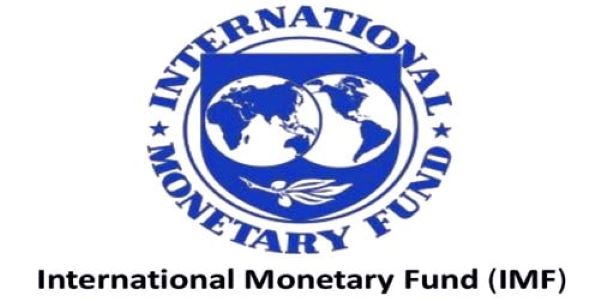The International Monetary Fund (IMF) has intimated that with a lot of innovation and diversity in this digital age, Central bank currency is likely to face some pressures if digitalized cash emerges.
This is because today’s world is characterized by a dual monetary system, involving privately-issued money by banks of all types, telecom companies, or specialized payment providers which is built upon a foundation of publicly-issued money by Central banks. While not perfect, this system offers significant advantages, including: innovation and product diversity, mostly provided by the private sector, and stability and efficiency, ensured by the public sector, the IMF revealed.
“And tomorrow, as we step squarely into the digital age, what will become of this system? Will the digital currencies issued by central banks be so enticing that they overshadow privately-issued money? Or will they still allow for private sector innovation?
“So, it is natural, when a new technology emerges, to ask how today’s dual monetary system will evolve. If digitalized cash— called central bank digital currency—does emerge, will it displace privately-issued money, or allow it to flourish?”
“Much depends on each central bank’s ability and willingness to consistently and significantly innovate. Keeping pace with technological change, rapidly evolving user needs, and private sector innovation is no easy feat”.
IMF
Giving further insights into Central bank digital currencies, the IMF asserted that they are akin to both a smart-phone and its operating system. Central banks would thus have to become more like Apple or Microsoft in order to keep digital currencies on the frontier of technology and in the wallets of users as the predominant and preferred form of digital money.
In addition, user needs and expectations are likely to evolve much more quickly and unpredictably in the digital age. Money may be transferred in entirely new ways, including automatically by chips imbedded in everyday products. These needs may require new features of money and thus frequent architectural redesigns, and diversity.
“Pressures will come from the supply-side too. The private sector will continue innovating. New eMoney and stablecoin schemes will emerge. As demand for these products grow, regulators will strive to contain risks.
“And the question will inevitably arise: how will these forms of money interact with the digital currencies issued by central banks? Will they exist separately, or will some be integrated into a dual monetary system where the private and central bank offerings build on each other?”
IMF

Keeping with the pace of change of technology, user needs, and private-sector competition will be challenging for central banks. However, they need not be alone in doing so. Importantly, central banks should not face a choice between either offering central bank digital currency, or encouraging the private sector to provide its own digital variant. The two can coincide and complement each other, the IMF noted.
“If and when countries move ahead with central bank digital currencies, they should consider how to leverage the private sector.
“Central bank currency— along with regulation, supervision, and oversight— will continue to be essential to anchor stability and efficiency of the payment system. And privately-issued money can supplement this foundation with innovation and diversity— perhaps even more so than today”.
IMF





















